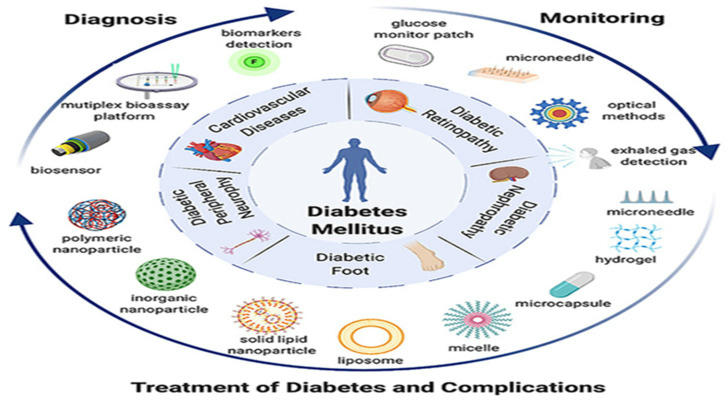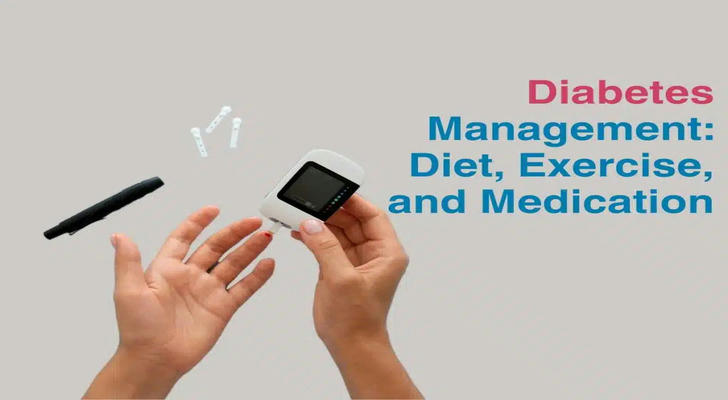Personalized Diabetes Management: Leveraging App-Based Solutions for Diet and Exercise Customization
Managing diabetes effectively requires a tailored approach that aligns with individual health metrics, lifestyle habits, and medical goals. With advancements in digital health technology, mobile applications now offer unprecedented opportunities to create personalized diabetes management plans. These apps integrate real-time data tracking, AI-driven insights, and evidence-based strategies to deliver customized dietary and exercise recommendations. This article explores how app-based solutions empower users to take control of their diabetes through structured, actionable plans.

1. The Role of Personalization in Diabetes Care
Diabetes management is not a one-size-fits-all endeavor. Factors such as age, weight, blood glucose levels, medication use, and physical activity levels vary significantly between individuals. Apps designed for diabetes care use algorithms to analyze these variables and generate plans that address unique needs. For instance:
Dietary customization: Apps assess users' caloric needs, food preferences, and glycemic responses to recommend meals that stabilize blood sugar.
Exercise adaptation: Workout plans are adjusted based on fitness levels, joint health, and energy expenditure goals.
Progress tracking: Continuous monitoring of blood glucose, weight, and HbA1c trends helps refine recommendations over time.
By prioritizing personalization, these tools reduce guesswork and enhance adherence to treatment plans.
2. Designing Dynamic Dietary Programs
Apps transform meal planning into a science by combining nutritional databases with user-specific data. Below are key features that make these programs effective:
AI-Powered Meal Recommendations
Advanced apps analyze users' food logs, blood glucose readings, and health goals to suggest recipes and portion sizes. For example:
- Low-glycemic-index foods are prioritized to prevent spikes in blood sugar.
- Macronutrient ratios (carbohydrates, proteins, fats) are balanced to align with metabolic needs.
- Allergens or cultural dietary restrictions (e.g., vegetarian, gluten-free) are incorporated into meal suggestions.
Real-Time Feedback and Adjustments
Users receive instant feedback after logging meals. If a food item causes a glucose spike, the app flags it and offers alternatives. Some apps even sync with continuous glucose monitors (CGMs) to correlate dietary choices with glucose trends.
Collaboration with Healthcare Providers
Many apps allow users to share data with dietitians or doctors, enabling professionals to fine-tune recommendations during follow-up consultations.

3. Crafting Safe and Effective Exercise Regimens
Physical activity is critical for improving insulin sensitivity and managing weight. However, improper workouts can pose risks for individuals with diabetes. App-based exercise plans address these challenges through:
Risk Assessment and Goal Setting
Users input their medical history, current fitness level, and limitations (e.g., neuropathy, hypertension). The app then designs routines that minimize injury risk while maximizing benefits. For example:
- Low-impact exercises like swimming or cycling for those with joint issues.
- Resistance training programs to build muscle mass and enhance glucose uptake.
Activity Tracking and Motivation
Integration with wearables (e.g., smartwatches) enables apps to monitor steps, heart rate, and calories burned. Gamification elements—such as achievement badges or progress charts—keep users motivated.
Adaptive Workout Plans
As users progress, the app adjusts intensity and duration. For instance, a beginner might start with 15-minute walks, gradually advancing to 30-minute aerobic sessions with strength training.

4. Integrating Data for Holistic Health Insights
The true power of diabetes management apps lies in their ability to synthesize diverse data points into actionable insights. Key integrations include:
Glucose Monitoring and Trend Analysis
Apps sync with CGMs or glucometers to visualize glucose patterns. Users learn how specific foods, activities, or stress levels impact their readings.
Sleep and Stress Management
Poor sleep and chronic stress worsen glycemic control. Some apps incorporate sleep trackers and mindfulness exercises (e.g., guided breathing) to address these factors.
Medication Adherence Tools
Reminders for insulin doses or oral medications ensure users stay on track. Dosage adjustments can also be logged and reviewed by healthcare providers.
5. Enhancing User Engagement Through Education
Long-term diabetes management requires sustained engagement. Apps foster this by offering:
Interactive Learning Modules
Short videos or quizzes explain topics like carbohydrate counting, hypoglycemia prevention, or interpreting lab results.
Community Support Features
Peer forums or expert-led webinars create a sense of community, reducing feelings of isolation common among chronic disease patients.
Customizable Alerts and Reminders
Users set alerts for meal times, glucose checks, or medication doses, reinforcing daily routines.
Conclusion
App-based diabetes management plans represent a paradigm shift in chronic disease care. By delivering hyper-personalized diet and exercise strategies, these tools empower users to make informed decisions while staying connected to healthcare teams. As technology evolves, the integration of predictive analytics and telehealth features will further enhance their efficacy. For individuals living with diabetes, embracing these digital solutions can mean the difference between struggling with symptoms and achieving lasting, measurable health improvements.
